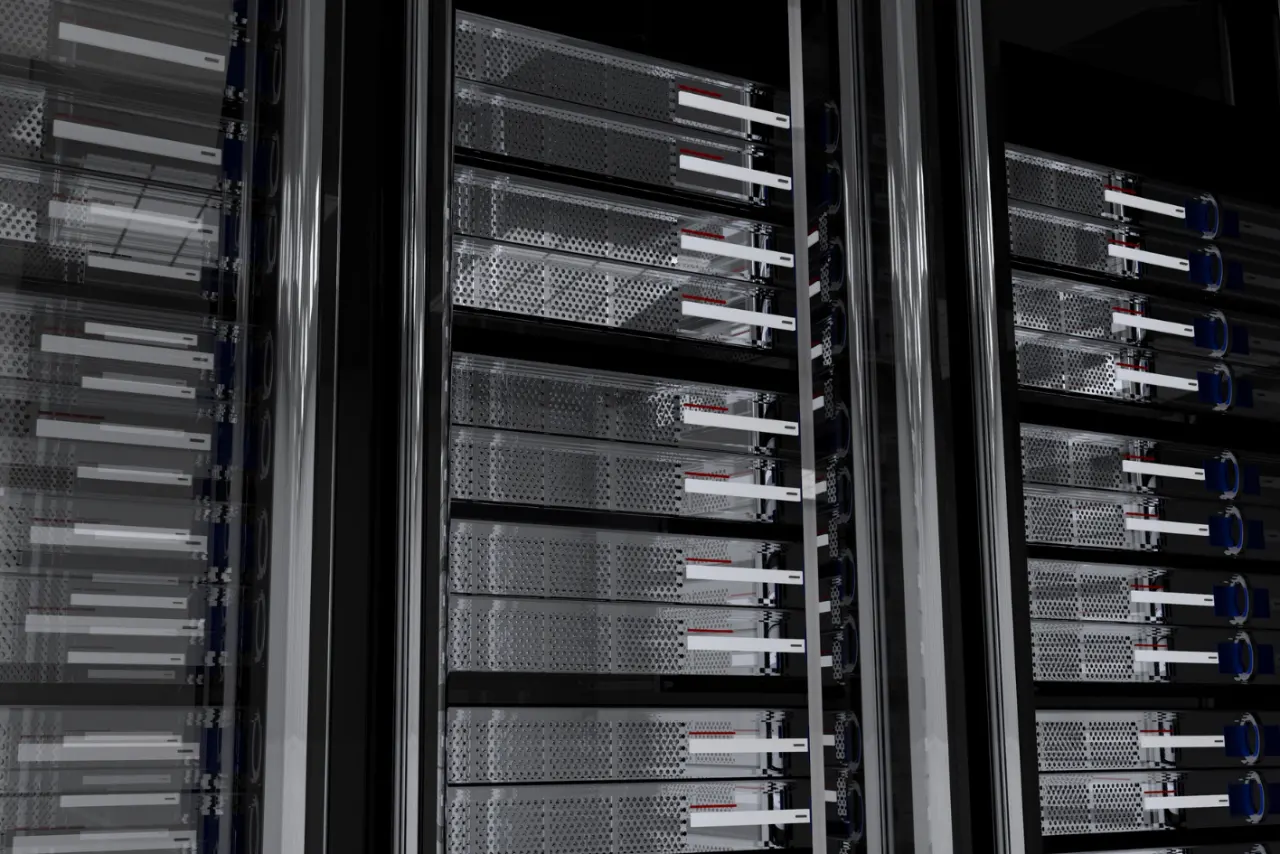Data is the lifeblood of modern businesses, making data storage, backup, and recovery crucial components of any IT strategy. The choice between on-premises (on-site) and cloud storage solutions is a critical decision, impacting cost, scalability, security, and accessibility. This article explores the differences, pros and cons, and factors to consider when choosing the best storage solution for your business.
Understanding On-Premises Storage
On-premises storage involves hosting data on physical devices such as servers, hard drives, or tapes located on your business premises. This means that all the hardware and software required to store and manage data is kept within your company’s physical location. This setup ensures that your organisation owns and manages the servers and related infrastructure, giving you complete control over your data and the environment in which it resides.
Key Features:
Direct Control – On-premises storage allows for direct management of data, including security protocols, access controls, and system configurations. This can be particularly important for businesses with strict data privacy requirements or regulatory obligations.
Customisation – Organisations can tailor their storage infrastructure to meet specific needs, such as implementing custom security measures and optimising performance for particular applications.
Compliance – Storing data on-premises can simplify compliance with industry regulations that require data to be kept within certain geographic boundaries or under strict security measures .
Pros:
- Security – On-premises storage offers high levels of security because it is physically controlled by the organisation. This is essential for sensitive data that must be protected from unauthorised access.
- Accessibility – Data stored on-site can be accessed quickly without relying on internet connectivity, which can be beneficial for applications requiring high performance and low latency.
- Compliance and Control – It allows organisations to meet stringent regulatory requirements and maintain control over data governance and compliance.
Cons:
- Cost – The initial setup and ongoing maintenance of physical servers can be expensive. Costs include purchasing hardware, software licenses, and the physical space to house the equipment, as well as hiring IT staff to manage and maintain the system.
- Scalability – Scaling up requires additional hardware purchases and installations, which can be time-consuming and costly. Expanding storage capacity involves planning and investment in new equipment.
- Disaster Recovery – On-premises storage is vulnerable to physical damage from disasters such as fire, flood, or theft. Data loss due to such events can be catastrophic, and recovery efforts can be challenging and expensive.
Understanding Cloud Storage
Cloud storage involves storing data on remote servers managed by third-party providers. These servers are accessible over the internet, offering scalable storage solutions. Cloud storage can be categorised into private and public clouds:
Private Cloud
Private cloud storage is dedicated to a single organisation, providing exclusive access to the infrastructure. This setup can be hosted on-site or at a third-party data center, offering enhanced security and control compared to public cloud solutions.
Public Cloud
Public cloud storage is hosted by third-party providers like Amazon Web Services (AWS), Microsoft Azure, and Google Cloud Platform. These services share infrastructure among multiple organisations, making it a cost-effective solution due to the economies of scale.
Key Features:
Scalability – Cloud storage solutions can be easily scaled up or down based on demand, allowing businesses to adjust their storage capacity without significant upfront investment.
Cost-Effectiveness – Cloud storage typically operates on a pay-as-you-go model, where businesses only pay for the storage they use. This reduces the need for large capital expenditures on hardware and infrastructure.
Accessibility – Data stored in the cloud can be accessed from anywhere with an internet connection, facilitating remote work and collaboration. This is particularly beneficial for businesses with distributed teams or remote workers.
Pros:
- Disaster Recovery – Cloud storage providers typically offer robust disaster recovery solutions, including data redundancy and backups across multiple geographic locations. This ensures high availability and quick recovery in case of data loss.
- Maintenance – The responsibility for hardware maintenance, software updates, and security patches lies with the cloud service provider, reducing the burden on internal IT teams and allowing them to focus on more strategic tasks.
- Agility – Cloud storage offers greater agility and flexibility, allowing businesses to quickly adapt to changing needs and market conditions. This includes the ability to deploy new applications and services rapidly.
Cons:
- Dependency on Internet Connectivity – Cloud storage requires a reliable internet connection for accessing and managing data. Any disruption in connectivity can impact business operations and data accessibility.
- Security Concerns – While cloud providers implement robust security measures, businesses may have concerns about data privacy and potential vulnerabilities associated with storing data off-site. It is crucial to choose a provider with strong security credentials and ensure proper data encryption and access controls.
- Compliance – Ensuring compliance with industry regulations can be more complex in a cloud environment. Businesses must verify that their cloud provider complies with relevant standards and offers appropriate certifications.
Key Considerations When Choosing The Right Storage and Backup Solution
Ultimately, the right data storage solution for your business will depend on various factors, including your budget, security needs, business requirements, and storage capacity. Here are some key considerations:
Assess Your Needs
Evaluate your current and future data storage requirements. Consider the volume of data, type of data, and frequency of access needed by your organisation.
Budget
Determine your budget for data storage, including initial setup costs and ongoing expenses. Compare the cost-effectiveness of on-premises versus cloud storage solutions based on your financial constraints.
Security Requirements
Analyse the sensitivity of your data and the regulatory requirements of your industry. Ensure the chosen solution meets your security and compliance needs.
Scalability
Consider how your storage needs may evolve over time. Choose a solution that can scale easily with your business growth.
Accessibility
Determine the importance of remote access and collaboration for your business. Cloud storage may be more suitable for organisations with a distributed workforce.
Disaster Recovery
Ensure your backup and recovery strategy is robust. Plan for potential data loss scenarios and choose a solution that offers reliable disaster recovery options.
By taking a proactive approach to data storage and backups, you can ensure the long-term success and stability of your business. A knowledgeable IT partner can help you evaluate your options and make the best choice for your business. They can also assist with implementing a backup and recovery plan to ensure your data is secure and protected.




